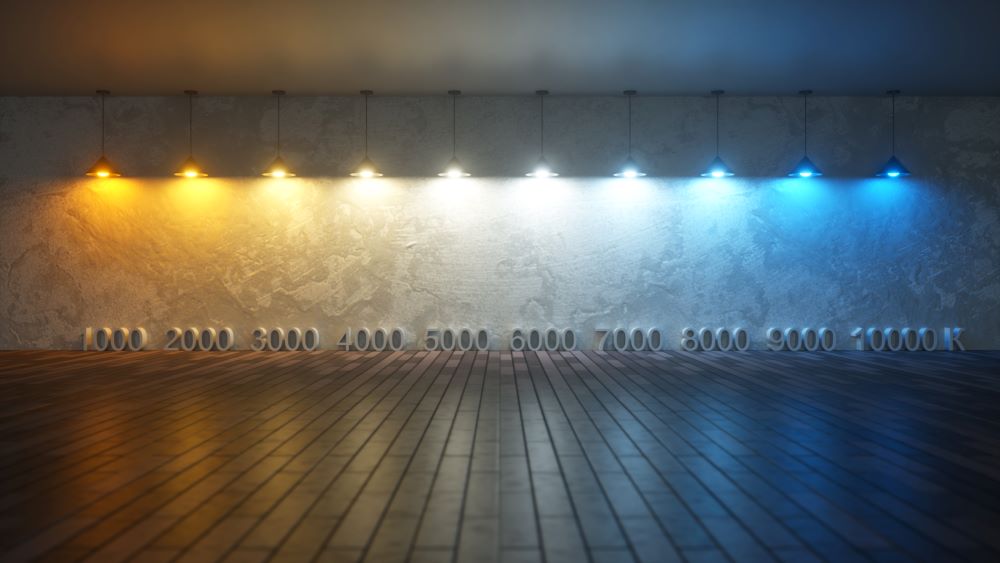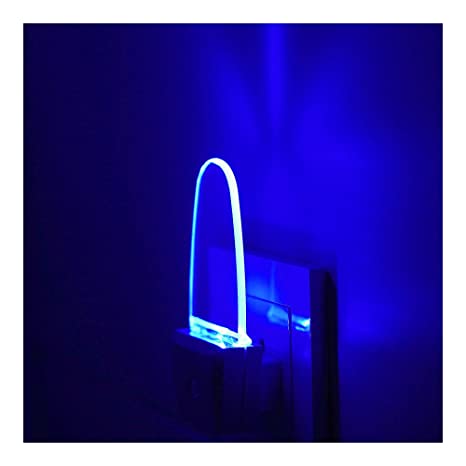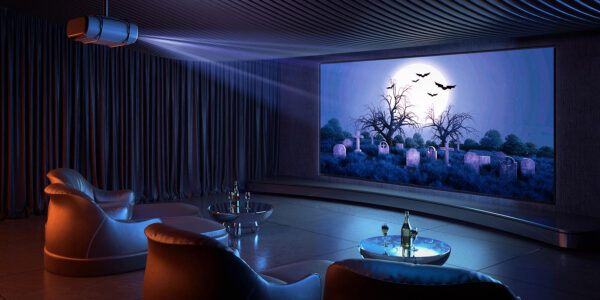We have all likely had the experience of sensing that a room’s lighting is too harsh, or of feeling that a room was so warmly lit that the lighting itself created a very relaxing environment. How we perceive lighting is a function of the relative concentrations of different color visible spectrum wavelengths in the lighting. Today we’ll take a look at Kelvin temperatures in lighting to learn what drives this. Engineers have made those perceptions more objective with measurements of the Kelvin temperature of an artificial light source.
The phenomenon of light is essential for our perception of the world. Understanding its properties and characteristics is crucial in creating optimal lighting environments. This section provides an overview of how light works, including its properties such as wavelength and color, and introduces the concept of Kelvin temperatures as a means to measure and describe light.
Light and Its Properties
Light is a form of electromagnetic radiation characterized by its properties of wavelength, frequency, and energy. The visible spectrum represents the range of wavelengths that our eyes can perceive, spanning from approximately 400 to 700 nanometers. Different wavelengths within this spectrum give rise to different colors of light, ranging from violet to red.
Color Temperature and Kelvin Scale
Color temperature is a metric used to describe the appearance of light in terms of its warmth or coolness. It is measured in Kelvins (K), named after the physicist William Thomson, also known as Lord Kelvin. The Kelvin scale ranges from lower values representing warmer light to higher values representing cooler light. For example, lower Kelvin values (2700K-3000K) are associated with warm white light resembling the glow of traditional incandescent bulbs, while higher Kelvin values (5000K-6500K) represent cool white light resembling daylight or overcast skies.
The Importance of Kelvin Temperatures in Lighting
Kelvin temperatures play a crucial role in lighting design and selection, including LED lighting. By understanding the desired ambiance and lighting requirements of a space, one can choose LED lighting with appropriate Kelvin temperatures to create the desired effect. For instance, warmer Kelvin temperatures are often preferred in residential or hospitality settings to create a cozy and inviting atmosphere, while cooler Kelvin temperatures are commonly used in commercial or industrial spaces for increased productivity and focus.
LED Lighting and Kelvin Temperatures
LED lighting has gained prominence for its versatility and energy efficiency. LED lights offer a wide range of Kelvin temperatures to suit various applications. LED technology allows for precise control over color temperature, ensuring accurate and consistent lighting across different fixtures. LED lights with higher color rendering index (CRI) values accurately reproduce colors, making them ideal for applications requiring precise color representation, such as retail spaces or art galleries.
Practical Considerations for LED Lighting Selection
When selecting LED lighting based on Kelvin temperatures, it is crucial to consider the specific requirements and objectives of the lighting application. Factors such as the intended ambiance, the purpose of the space, and the desired lighting effects all play a role in determining the appropriate Kelvin temperature. Additionally, it is essential to consider the specific needs and preferences of the occupants, ensuring optimal comfort and satisfaction.
Kelvin Temperatures in Lighting
A light source’s Kelvin temperature is not a measure of how physically hot that source might be, but is instead a rating of whether that source is perceived as creating warm or cool lighting. Contrary to physical temperature measurements, light with a high Kelvin temperature will be perceived as being cooler than light sources with lower Kelvin temperatures.
Most artificial lighting falls in a range between 2000K and 6500K. A 2000K light source will likely be dim, and will be most reminiscent of a candlelit room. Light sources that have high Kelvin ratings between 5500K and 6500K are bright and are more ideally suited for commercial applications and other areas in which high levels of activity require good visibility.
Physiologists have also discovered that light with higher Kelvin temperatures is more stimulating and better able to promote alertness. Homeowners who are installing new LED lights or replacing older lighting technologies with new LED’s should pay careful attention to the Kelvin temperatures of the LED bulbs and fixtures they select. Softer and warmer light in a range of 2000K to 3000K is best for bedrooms and quiet living spaces, while brighter light in a range of 4500K is best for kitchens and other workspaces.
When comparing two separate light sources, a consumer should confirm that those light sources have similar Kelvin temperatures in order to make the most objective decision about which source is preferred. Two separate LED light sources, for example, can have near-identical color rendering indices (CRI’s) but different Kelvin temperatures, in which case they may create very different light and color impressions. Kelvin temperature equivalencies allow for a more standardized comparison.
New technologies that have been developed for LED lighting are changing the paradigm of light bulbs that have static Kelvin temperatures. A new class of “color tuning” LED bulbs allow transitions from warm to cool lighting at ratings of 2100K to 4300K from the same light fixture. LED developers have integrated mobile app technology into these color tunable LED lights to enable homeowners to change the Kelvin temperatures of their ambient lighting from warm and relaxing to bright and energizing through their mobile devices. As this technology continues to improve, LED engineers envision lighting systems that can read the activity levels in a room and that adjust the Kelvin temperatures of the lighting to better match those levels.
The particular Kelvin lighting temperature that is used in any application will generally be a function of the preferences of the individuals who are working in those areas or using them for living space. The most frequent caveat for selecting lighting temperature is that LED lights with higher Kelvin ratings, which tend to have a predominance of blue wavelength light, can interfere with an individual’s melatonin production. Melatonin is a naturally-occurring hormone that helps people to fall asleep. Excessive exposure to high Kelvin temperature light immediately before a person retires for the evening can interfere with sleep cycles and overall health.
Kelvin temperatures provide a valuable framework for understanding and describing the characteristics of light. In the context of LED lighting, the ability to choose specific Kelvin temperatures allows for the creation of customized lighting environments. By considering the desired ambiance, purpose of the space, and the occupants’ needs, one can select LED lighting solutions that enhance comfort, productivity, and visual aesthetics. Understanding Kelvin temperatures empowers us to harness the potential of LED lighting, maximizing its benefits and creating lighting experiences tailored to our specific requirements.







